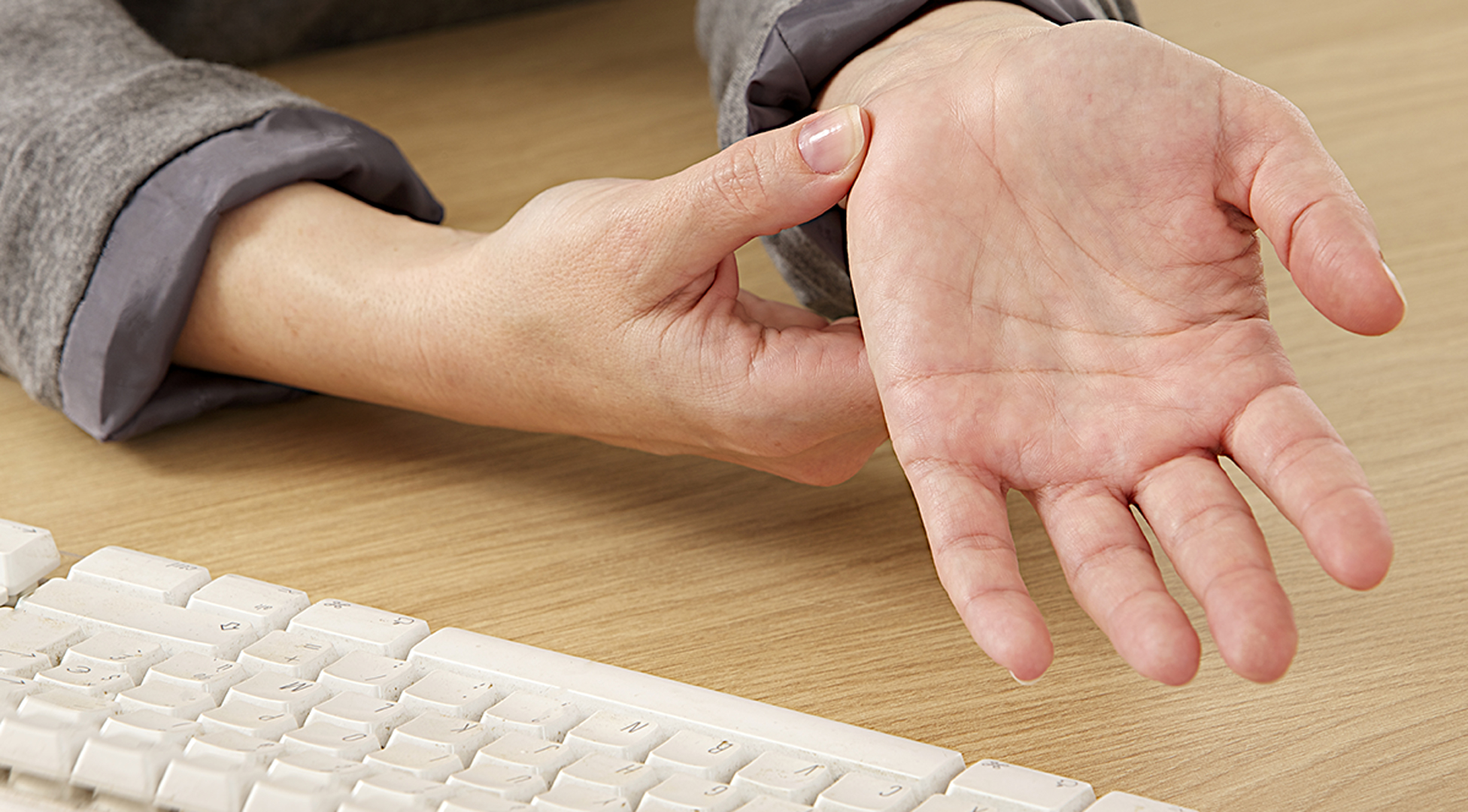
Carpal tunnel syndrome is a painful condition which occurs from the median nerve being compressed or restricted as it passes through the rest. Repetitive wrist and hand motions can inflame the wrist tissues and place pressure on the median nerve. This means that workers in jobs that require these movements tend to have an elevated risk for the condition. These are usually people who work seated at a computer all day. Let’s talk about what can be done to lessen the risk of CTS.
A study done in January 2021 looked at 1000 office workers under the age 50 from 30 workplaces in China. Users completed a questionnaire which included information on demographics, work type, related physical and psychosocial factors, and wrist and hand symptoms. They used a body chart and a reading of the intensity of symptoms, nocturnal symptoms, and aggravating activities. After completing the survey, the users were clinically evaluated and CTS was confirmed using standard testing protocols.
The authors of the study reported that 22% of participants addressed symptoms and 15% at hand symptoms. 9.6% met the clinical criteria for CTS. Further studies identified these risk factors for CTS among office workers. These include smoking, working with hand or wrist pain, long term computer use, and working with no breaks.
A set amount of breaks spread throughout the workday has been proven to be an effective way to reduce the risk for CTS. There’s also research which supports the health benefits of integrating exercise and meditation during these breaks.
Meditation is a great way to relieve stress and anxiety as well as take pressure off of the neck. Another frequent complaint we see is neck pain from office workers. Even incorporating light physical activity during a short break could help lower the risk for CTS. This also may reduce the risk for chronic ailments like cardiovascular disease and diabetes.
It may be hard to completely illuminate one’s risk for CTS, especially if working in one of these environments. With that being said, if hand and wrist symptoms are present, it’s important you see a doctor sooner than later because early intervention will improve your odds of recovery. Doctors of chiropractic are trained to examine the entire body and treat all contributing factors to the patient’s chief complaint.
If you are suffering from CTS, it is not uncommon two find additional areas along the median nerve like the neck, shoulder, elbow, or forearm which need to also be addressed to resolve the patient’s CTS.














